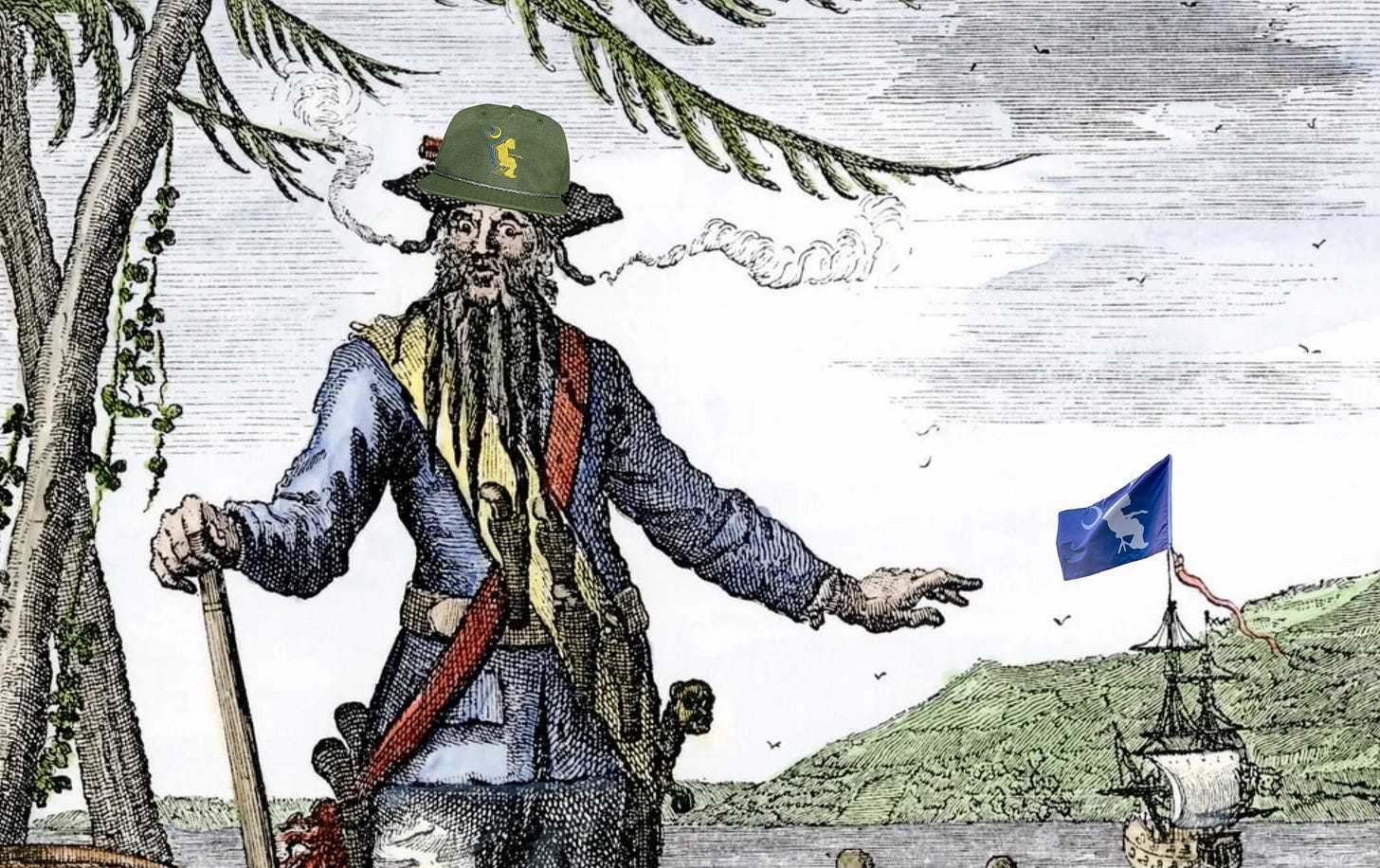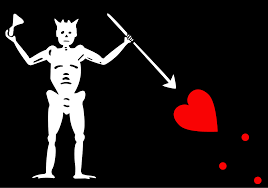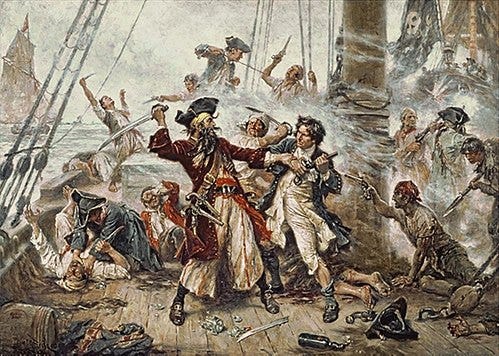The Original Coastal Opp: Blackbeard’s Siege of Charleston
In May of 1718, the Holy City wasn’t praying. It was panicking.
Blackbeard had arrived from the Bahamas—the most feared pirate ever to haunt the Carolina coast—with a captured French slave ship, renamed the Queen Anne’s Revenge. She was nearly 100 feet long, armed with 40 cannons, and built to cross oceans.
He anchored near Sullivan’s Island and shut down Charles Town harbor without firing a shot. No ships in. No ships out. Over the next few days, he seized at least nine vessels and took hostages—including the son of a prominent city official.
Then came the message: deliver a chest of medicine, or the harbor burns.
Charleston folded. The ransom was paid. The hostages walked free.
Before long, Blackbeard sailed north to Bath, North Carolina—where he accepted a royal pardon and played at retirement. But the pardon quickly became a scandal. Locals whispered that Governor Charles Eden and his inner circle were on the take, turning a blind eye to piracy in exchange for gold, rum, or both.
And Blackbeard had already shown how he dealt with allies. He’d backdoored the “Gentleman Pirate” Stede Bonnet—commandeering his ship and stranding him ashore. (Yes, that Stede Bonnet—Stetson Bennett’s great x9 grandfather.)
But it didn’t last.
Within months, he was back at sea, hiding in the shoals of Ocracoke. On November 22, 1718, a British naval expedition—personally funded by Virginia Governor Alexander Spotswood—ambushed Blackbeard and his crew in a brutal battle off Ocracoke Island.
It took five bullets and twenty sword blows to bring him down. His head was cut off and mounted on a piling in Hampton, Virginia—a warning to anyone tempted to follow in his wake.
He died a pirate. But for one week in May, Charleston belonged to Blackbeard.



